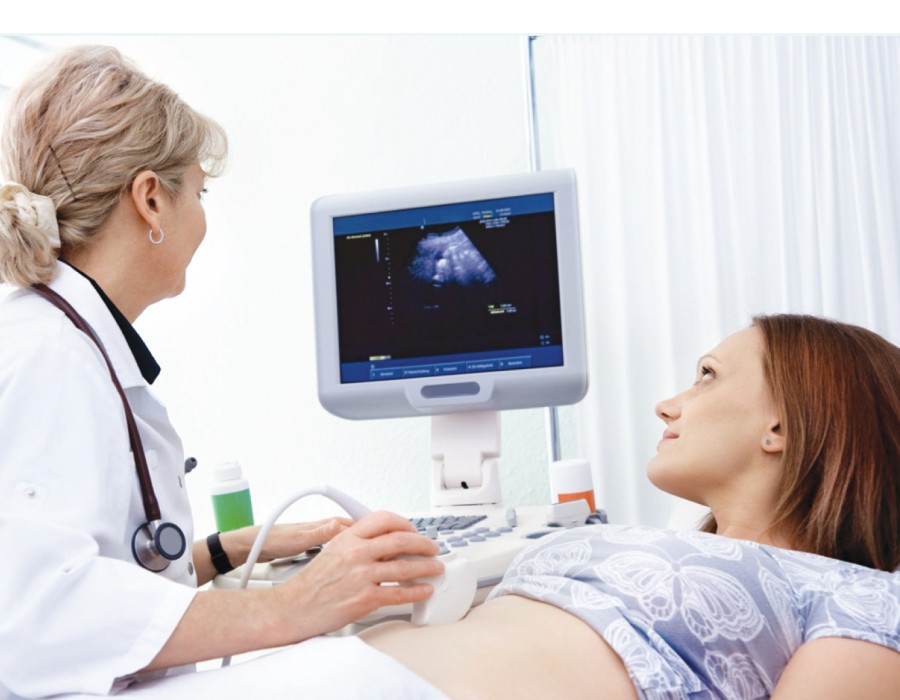Non-invasive treatment options for fibroids are available and can effectively manage symptoms and reduce the size of fibroids without the need for surgery.
Here are some non-invasive treatments commonly used for fibroids:
Medications
- GnRH Agonists: Medications like leuprolide can shrink fibroid treatment by inducing a temporary menopause-like state.
- Hormonal Therapies: Birth control pills or progestin-releasing intrauterine devices (IUDs) can help control heavy menstrual bleeding.
- Nonsteroidal Anti-Inflammatory Drugs (NSAIDs): Over-the-counter pain relievers like ibuprofen can alleviate pain and reduce menstrual bleeding.
- Tranexamic Acid: This medication can help reduce heavy menstrual bleeding associated with fibroids.
Non-Invasive Procedures
- MRI-Guided Focused Ultrasound Surgery (FUS): This procedure uses high-frequency sound waves to destroy fibroid tissue. It is performed under MRI guidance to ensure precision.
- Uterine Fibroid Embolization (UFE): Although minimally invasive, UFE is considered a non-surgical option. It involves injecting tiny particles into the arteries supplying the fibroids, cutting off their blood supply and causing them to shrink.
Lifestyle and Home Remedies
- Diet and Nutrition: A balanced diet rich in fruits, vegetables, and whole grains can help manage symptoms. Avoiding red meat and increasing intake of low-fat dairy products may also be beneficial.
- Exercise: Regular physical activity can help maintain a healthy weight and reduce fibroid symptoms.
- Stress Management: Techniques like yoga, meditation, and deep breathing exercises can help manage stress, which may alleviate some fibroid symptoms.
Herbal and Alternative Therapies
- Green Tea Extract: Some studies suggest that green tea extract may help reduce the size of fibroids and improve symptoms.
- Acupuncture: This traditional Chinese medicine technique may help alleviate pain and improve overall well-being.
Monitoring and Regular Check-Ups
- Watchful Waiting: For women with mild symptoms, regular monitoring of fibroids through pelvic exams and ultrasounds may be recommended. This approach is particularly suitable for women nearing menopause, as fibroids often shrink after menopause.
It’s essential to consult with a healthcare provider to determine the most appropriate fibroid treatment based on individual health needs and the severity of symptoms.





Comments